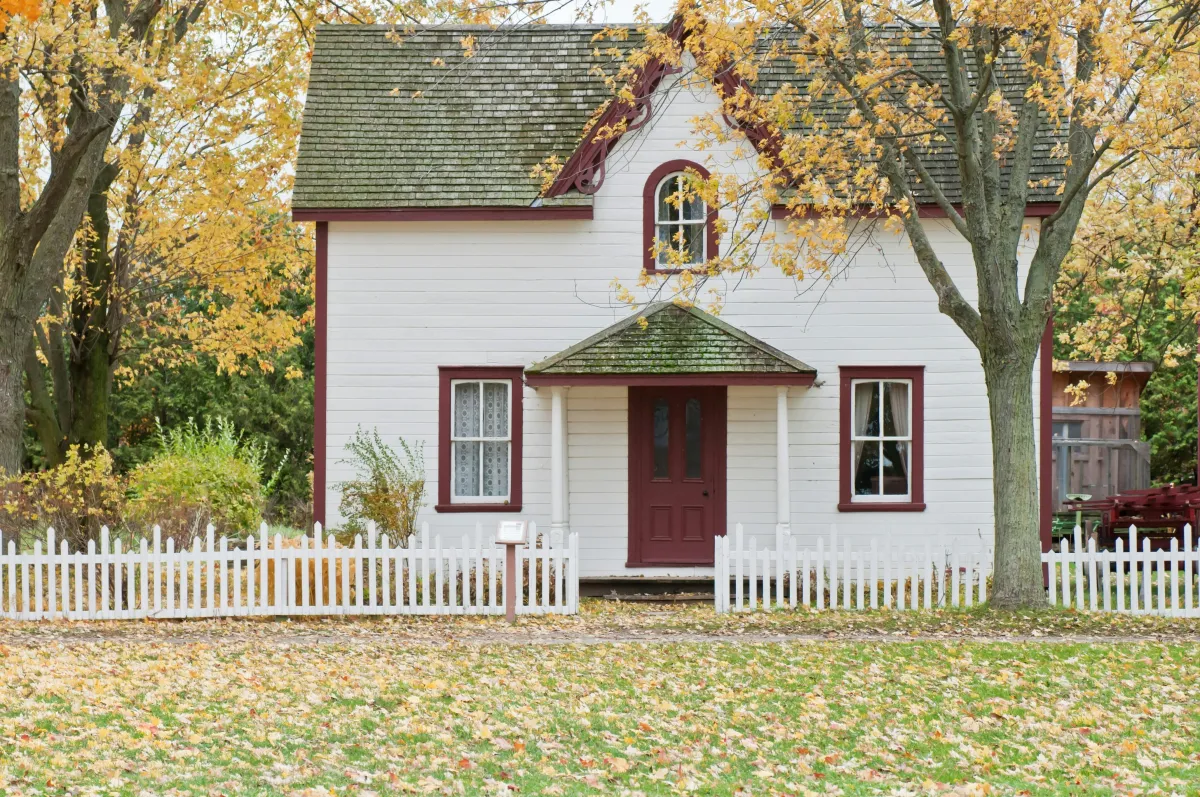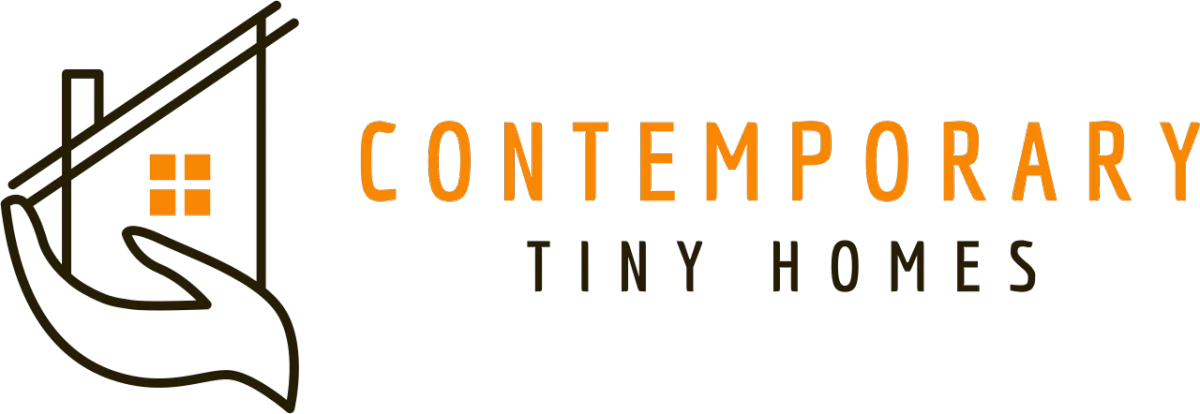Knowledge Center: Your Go-To Resource for ADUs and Tiny Living
Knowledge Center: Your Go-To Resource for ADUs and Tiny Living
Email [email protected]
Phone 860-TINY-HOM (es)

What cultural and lifestyle shifts are driving the popularity of ADUs?
Accessory Dwelling Units (ADUs)—often called granny flats, in-law suites, or backyard cottages—have become one of the fastest-growing housing trends in recent years. Their rise reflects more than just architectural innovation—ADUs represent a shift in how people think about homeownership, community, sustainability, and family living.
Today’s homeowners are prioritizing flexibility, affordability, and efficient use of space, and ADUs offer all three. This article explores the cultural, lifestyle, and policy factors shaping the growing demand for ADUs.

Changing Cultural Attitudes Toward Living Spaces
Modern homeowners are redefining what it means to “have enough space.” Instead of pursuing large homes that require more cost and maintenance, people are leaning toward intentional, versatile living arrangements.
Shift in Homeownership Preferences
Rising costs and evolving lifestyles are motivating homeowners to rethink traditional housing models. ADUs allow property owners to:
Create additional income through long-term renting or short-term rentals.
Accommodate family members comfortably on the same property.
Maximize the value and functionality of their existing lot.
Emphasis on Flexibility and Privacy
ADUs strike a balance between shared living and independence. Whether used for an aging parent, a young adult, or a tenant, ADUs promote:
Personal privacy
Separate entryways
Individual utilities (in many cases)
A customizable space tailored to the occupant’s needs
Rising Demand for Affordable Housing Solutions
As housing prices continue to rise, traditional homeownership is increasingly out of reach for many. ADUs offer a cost-effective alternative without requiring major land development.
Increasing Housing Costs and Affordability Challenges
Many households—especially younger generations—are looking for attainable home options. ADUs provide:
Lower construction costs compared to building a new primary residence
Opportunities for rental income to offset mortgage payments
Benefits of ADUs in Addressing Housing Shortages
By utilizing underdeveloped backyard space, ADUs:
Support denser, smarter housing development
Expand housing options within established neighborhoods
Reduce the need for large-scale expansion into undeveloped land
Embracing Sustainable and Eco-Friendly Living
Environmental awareness continues to influence home design. ADUs, with their smaller footprint, allow homeowners to incorporate sustainability without sacrificing comfort.
Focus on Environmentally Conscious Lifestyles
Smaller homes naturally require fewer resources to build, heat, cool, and maintain. For eco-minded individuals, ADUs promote:
Energy-efficient living
Reduced carbon footprint
Minimal land disturbance
Integration of Green Technologies
Many homeowners use ADUs as an opportunity to incorporate new energy-saving solutions, such as:
Solar power
Efficient windows and insulation
Energy-star appliances
Green roofs or rainwater systems

Influence of Multi-Generational Living Trends
More families are choosing to live together to share responsibilities and reduce living expenses while staying emotionally connected.
Shift Toward Shared Living Arrangements
ADUs enable families to live close—but not too close. This makes ADUs ideal for:
Aging parents who want independence
College-age children returning home
Caregivers who need to be nearby
Benefits and Considerations of Multi-Generational ADUs
Key advantages:
Shared household costs
Built-in support system
Stronger family relationships
Considerations:
Privacy expectations
Maintenance responsibilities
Legal or zoning requirements
Impact of Urbanization and Population Density
As cities grow, the need for creative housing solutions intensifies. ADUs help increase housing availability without drastically altering neighborhood character.
Urban Development Challenges and Opportunities
Cities face limitations such as:
High land costs
Limited available space
Stricter building density regulations
ADUs unlock opportunities to:
Add housing within existing neighborhoods
Reduce urban sprawl
Increase walkability and community vibrancy
Role of ADUs in Urban Planning
Urban planners increasingly view ADUs as part of long-term housing solutions. ADUs contribute to:
Housing diversity
More inclusive communities
Sustainable growth
Regulatory Changes and Government Support
Policies are catching up with demand. Many cities and states are revising zoning codes to allow ADUs with fewer restrictions.
Updates in Zoning Regulations and Building Codes
Recent policy shifts allow:
Faster permitting
More flexible size limits
Fewer parking requirements
These changes directly support housing affordability and encourage private investment.
Incentives and Programs Encouraging ADU Development
Some local governments offer:
Tax credits
Low-interest loans
Permit fee reductions
Pre-approved ADU building plans
Conclusion
ADUs are not just a housing trend—they represent a cultural movement. Homeowners today value flexibility, financial sustainability, and eco-conscious living. ADUs meet these evolving priorities by providing adaptable, affordable, and future-focused housing solutions.
As more communities embrace inclusive zoning and ADU-friendly policies, these small but impactful dwellings will continue shaping the future of living—creating resilient neighborhoods and fostering meaningful connections across generations.
FAQ
How do ADUs contribute to sustainable living?
ADUs reduce resource use through smaller living footprints and energy-efficient design. Many incorporate green features like solar power, efficient insulation, and water-saving fixtures.
Are there financial incentives for building ADUs?
Depending on location, homeowners may qualify for grants, tax credits, reduced permitting fees, or low-interest financing programs designed to encourage ADU development.
What regulations should be considered when planning an ADU?
Local zoning rules may dictate the maximum unit size, height, parking requirements, and setbacks. Reviewing your municipality’s ADU guidelines early ensures a smooth process.

Copyright 2025. All rights reserved. Norwalk, CT
Connecticut's New Home Construction Contractor License: #NHC.0017654
EPA Lead-Safe Certified NAT-F269966-1


